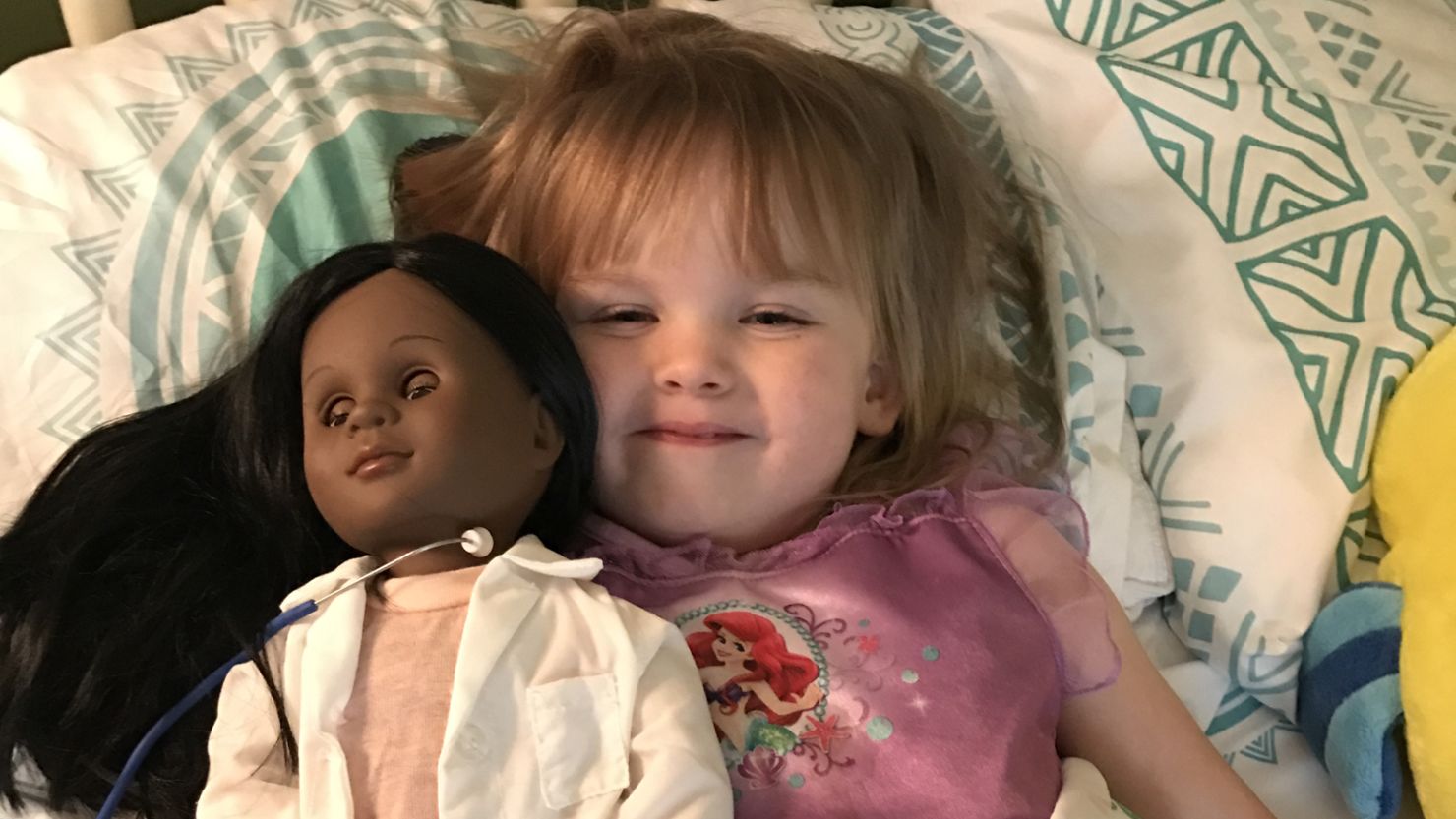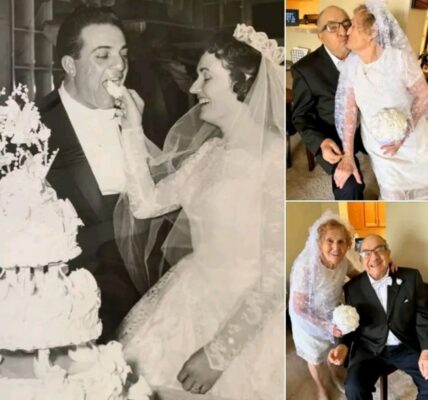Nick and I had made a deal with our three-year-old daughter, Sophia: if she could go an entire month using the potty like a big girl, she’d earn a special prize. And for weeks, she tried her best—tiny victories celebrated with stickers, hugs, and cheers. When she finally made it through the month, there was no question where we were headed: Target.

Sophia had been dreaming about this moment for days. Her prize, she told us, would be a doll—“a doctor doll, like me.”
In the toy aisle, she studied every shelf carefully, her little fingers grazing box after box until her eyes lit up. “This one,” she said, pointing proudly to a doll dressed in a white lab coat, stethoscope around her neck, her dark brown skin glowing under the fluorescent lights.
It wasn’t about the color. It was about what the doll meant to her. To Sophia, this doll wasn’t just a toy—it was someone strong, kind, and smart. Someone she could imagine being when she grew up.
We walked to the checkout line, our daughter clutching her doll like a treasure. Then, as we reached the cashier, the moment shifted.

The woman behind the counter smiled politely and asked, “Are you going to a birthday party?”
Nick and I exchanged a confused look. “No,” I replied. “She earned her prize for being potty trained.”
The cashier frowned slightly, still eyeing the box. Then she turned to Sophia and said, “Oh! Are you sure this is the doll you want, honey?”
Sophia looked up, quiet, unsure why she was being asked that question.
The woman continued, her voice soft but heavy with something that made my stomach twist. “We have lots of dolls that look more like you.”
For a moment, silence. I felt my jaw tighten. I was ready to speak—to tell her that this was none of her business, that my daughter’s choice didn’t need her approval—but before I could, Sophia spoke.

She lifted her doll proudly, her voice steady and sure.
“Yes, she does look like me,” she said. “She’s a doctor, like I’m a doctor. And I’m a pretty girl, and she’s a pretty girl. See her pretty hair? See her stethoscope?”
It was such a simple, innocent statement. Yet it carried the kind of truth adults spend lifetimes trying to relearn.
The cashier’s expression softened. “Oh,” she murmured. “That’s nice.” And the conversation ended there.
But I couldn’t stop thinking about it—the way an adult had tried to box my daughter’s idea of beauty into something smaller, something limited by skin tone. And how, without hesitation, my little girl had refused to fit inside that box.
As we walked out of the store, Sophia held her new doll high, beaming. “She’s going to help all the sick people,” she told me. “Just like me when I’m a doctor.”
That night, I posted about the moment online—not to shame the cashier, but to celebrate the grace and clarity of a child’s heart. I wrote about how children don’t see the world through the lens of color or difference until adults teach them to. To them, kindness is kindness, beauty is beauty, and heroes can come in every shade.

Within hours, the story spread. Thousands of parents shared it, many commenting about their own children choosing dolls, books, and friends who didn’t “look like them.” Teachers wrote about how kids naturally embrace diversity until it’s interrupted by adult bias.
And as I read those comments, I realized something: my daughter had done what so many adults struggle to do—she had seen the world not for what separates us, but for what connects us.
Sophia still plays with that doll. The lab coat is wrinkled now, the stethoscope long lost, but the message remains as strong as ever: love doesn’t match colors.
She reminds me every day that acceptance doesn’t need to be taught—it only needs to be protected.
Because children come into this world knowing something we too often forget: that humanity has no color. And every time we honor that truth, we move one step closer to the world they already believe in—a world where every doll, and every person, is beautiful just the way they are.
📌 Because wisdom doesn’t always come from age. Sometimes, it comes from the pure heart of a child holding her favorite doll.




